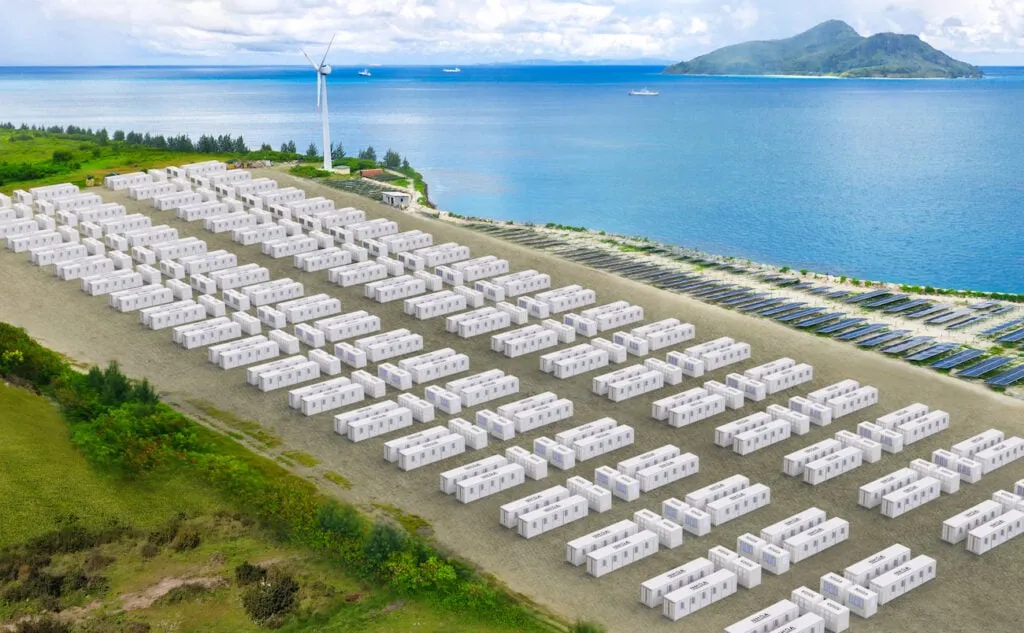In the heart of Taiwan, a groundbreaking study led by Martyana Dwi Cahyati from the National Central University and Universitas Muhammadiyah Yogyakarta is revolutionizing the way we think about construction materials. Cahyati and her team have been exploring the potential of Engineered Cementitious Composites (ECC), a material known for its exceptional ductility and self-healing capabilities. But what sets their research apart is the innovative use of Bacillus subtilis, a type of bacteria, immobilized in silica gel to enhance the self-healing performance of ECC.
The study, published in *Case Studies in Construction Materials* (translated as *Case Studies in Building Materials*), delves into the influence of Bacillus subtilis immobilized in silica gel (BS+SG) on the self-healing behavior of ECC. The team experimented with varying concentrations of BS+SG, ranging from 5% to 15%, and the results were nothing short of remarkable. “We observed significant enhancements in both crack-healing percentage and the recovery of tensile strength,” Cahyati explains. “ECC with 5–15% BS+SG exhibited remarkable increases in crack-healing percentage, ranging from 53.5% to 82.3% after 28 days of healing compared to 30.2% for ECC without BS+SG.”
The implications of this research are profound, particularly for the energy sector. Structures in this industry often face harsh conditions that can lead to cracks and compromises in integrity. The enhanced self-healing capabilities of ECC could lead to more durable and sustainable infrastructure, reducing maintenance costs and extending the lifespan of buildings and facilities.
Cahyati’s work also highlights the importance of water tightness and pulse velocity in assessing the internal healing performance of ECC. The results confirmed that the incorporation of BS+SG improved these aspects, further validating the potential of this novel approach. “The improvements in water tightness and the regain ratio of pulse velocity are clear indicators of the enhanced self-healing capability of ECC,” Cahyati notes.
As the construction industry continues to evolve, the integration of advanced materials like ECC with self-healing properties could shape the future of infrastructure development. This research not only paves the way for more resilient and sustainable construction practices but also underscores the importance of interdisciplinary collaboration in driving innovation. With the energy sector poised for significant growth, the adoption of such advanced materials could lead to more efficient and cost-effective solutions, ultimately benefiting both the industry and the environment.
In the words of Cahyati, “This study opens up new possibilities for the application of self-healing materials in various industries, and we are excited to see how this research will influence future developments in the field.” As we look to the future, the potential of ECC and similar materials to revolutionize construction and energy infrastructure is both promising and inspiring.

